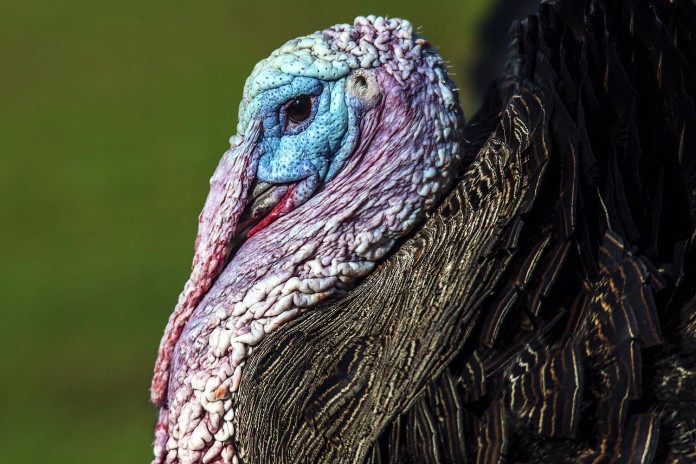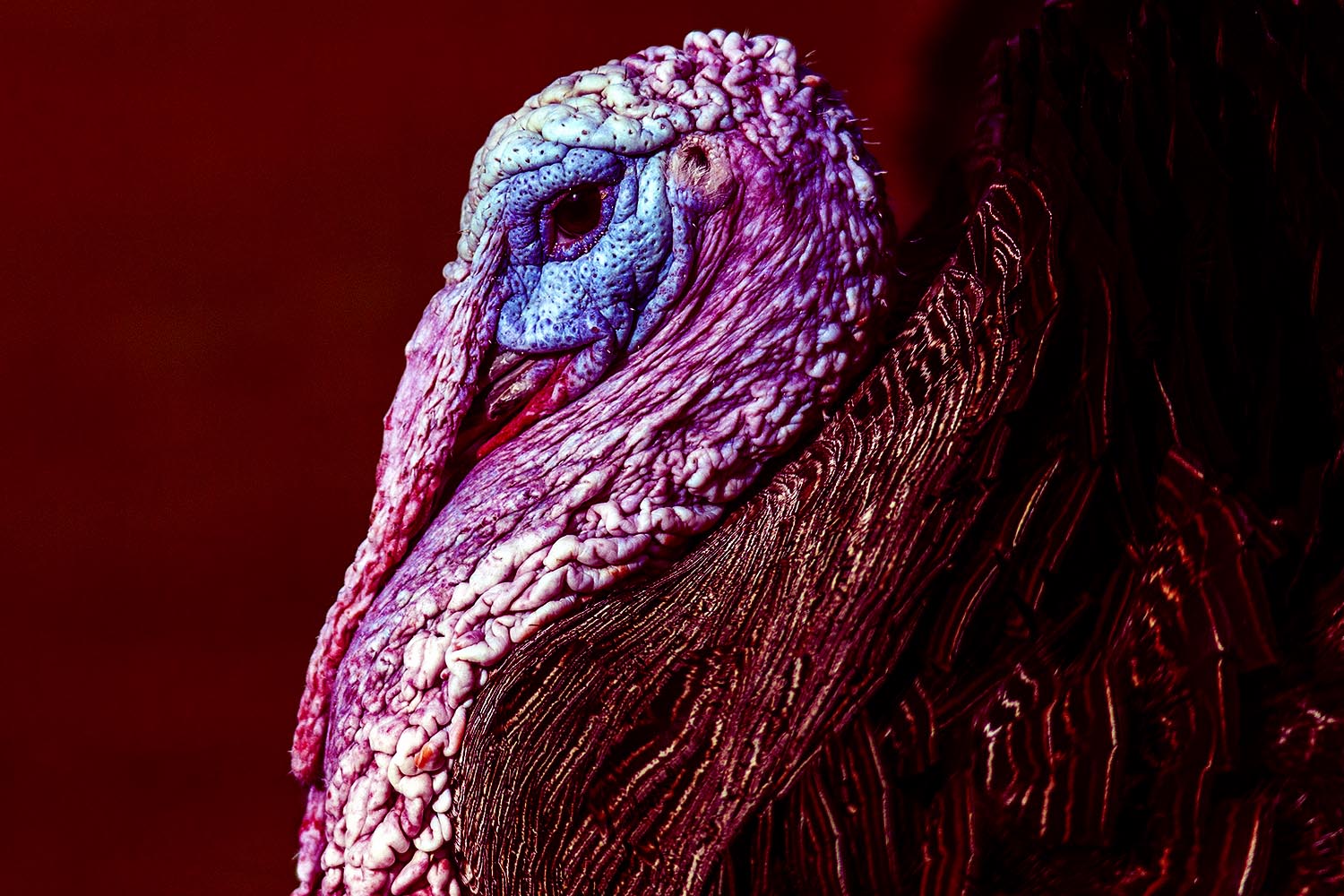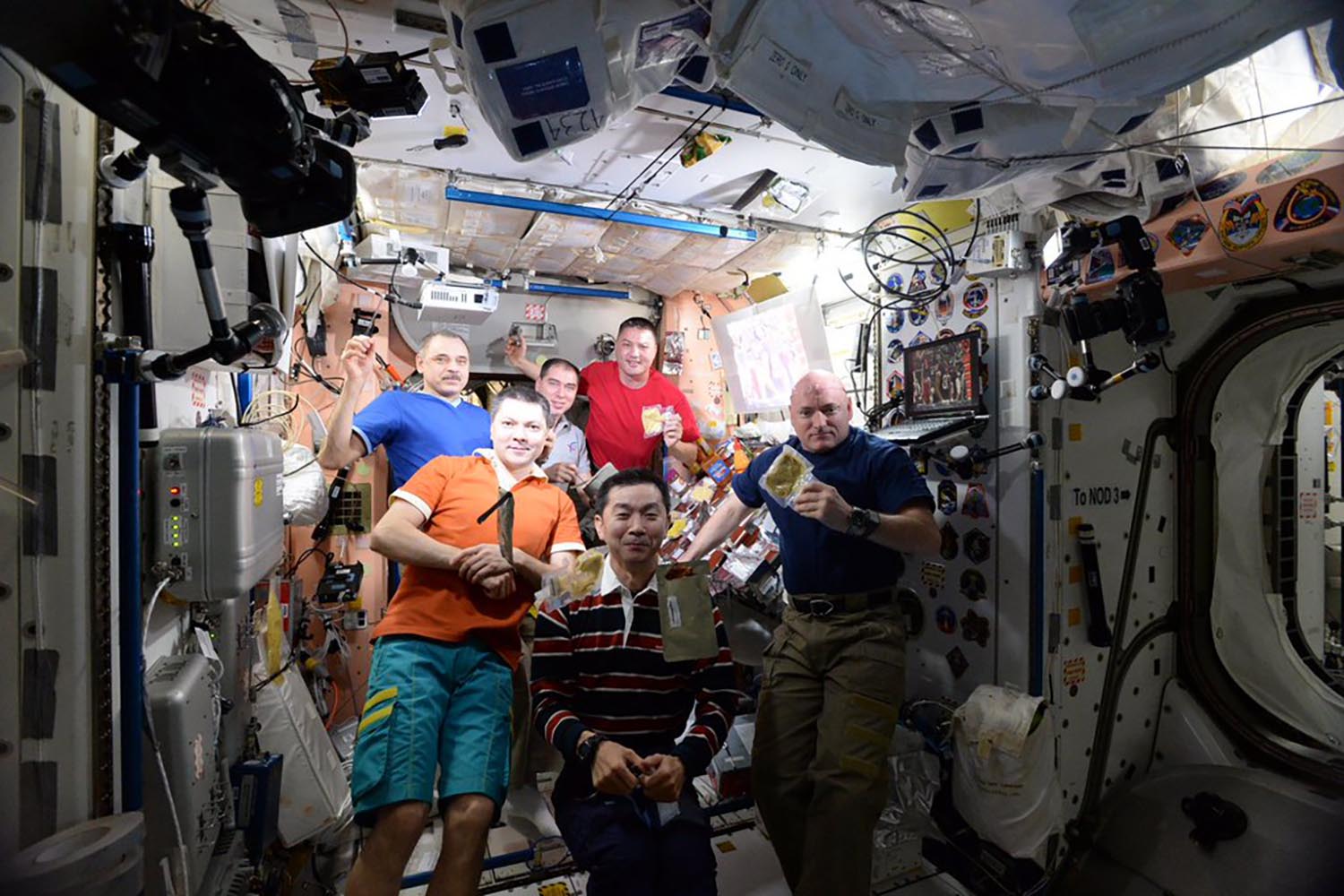
Thanksgiving can be celebrated anywhere, and the members of the ISS, International Space Station, proved that fact. The ISS are hundreds of miles above the earth as we speak, but that did not stop them from enjoying a wonderful Thanksgiving with all of their favorite foods.

HOW THEY PULLED OFF THEIR THANKSGIVING DINNER
Obviously, when you are miles above the earth’s surface cooking methods on foods will change. The ISS had a typical Thanksgiving feast with smoked turkey, candied yams, cornbread dressing, and all of the other Thanksgiving favorites. However, how on earth, no pun intended, did they pull off eating this food warm? The ISS pointed out how the food that is brought abroad is either freeze-dried or thermostabilized. Thermostabilized is a process that is very similar to canning, but is done with pouches. This makes it so their food has a long shelf life and be stored without refrigeration. So this explains how they got food, but how did they heat it up? Obviously, there are no microwaves or ovens available for them to use so what they have to heat their food using warm water. This method is not well suited for all foods and some of them probably did not turn out that well. The fact that the ISS were able to celebrate Thanksgiving is awesome considering that they risk their lives to do it. However, there is one Thanksgiving staple that could end up being present in space.

SWEET POTATOES MAY BE MORE THAN A THANKSGIVING FOOD
NASA officials have stated that one day astronauts may be required to grow their own food and that sweet potatoes might be the ideal food. NASA officials stated some of the biggest reasons why sweet potatoes could end up being the best possible food to grow in space in the future. They said that they would provide astronauts with energy from the carbohydrates and beta-carotene and that they can adapt to a controlled environment with artificial sunlight. Knowing how brilliant the minds are at NASA, it can be assumed that if they ever wanted to try and grow sweet potatoes in space that they would succeed and how cool would it be to actually see a vegetable be grown in space?

















